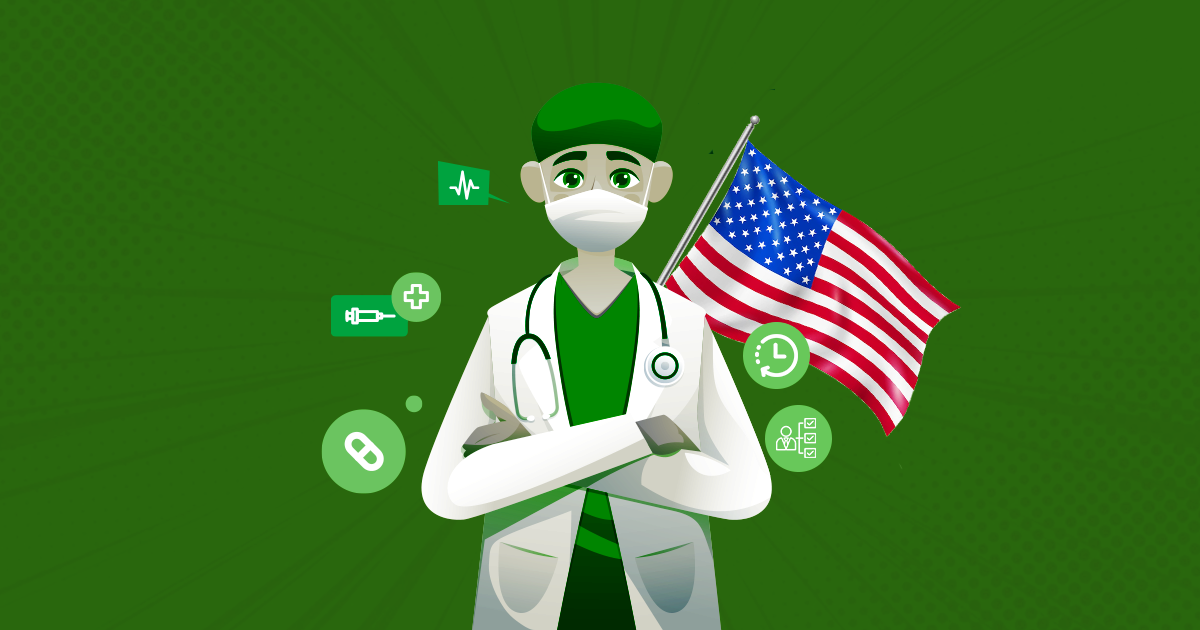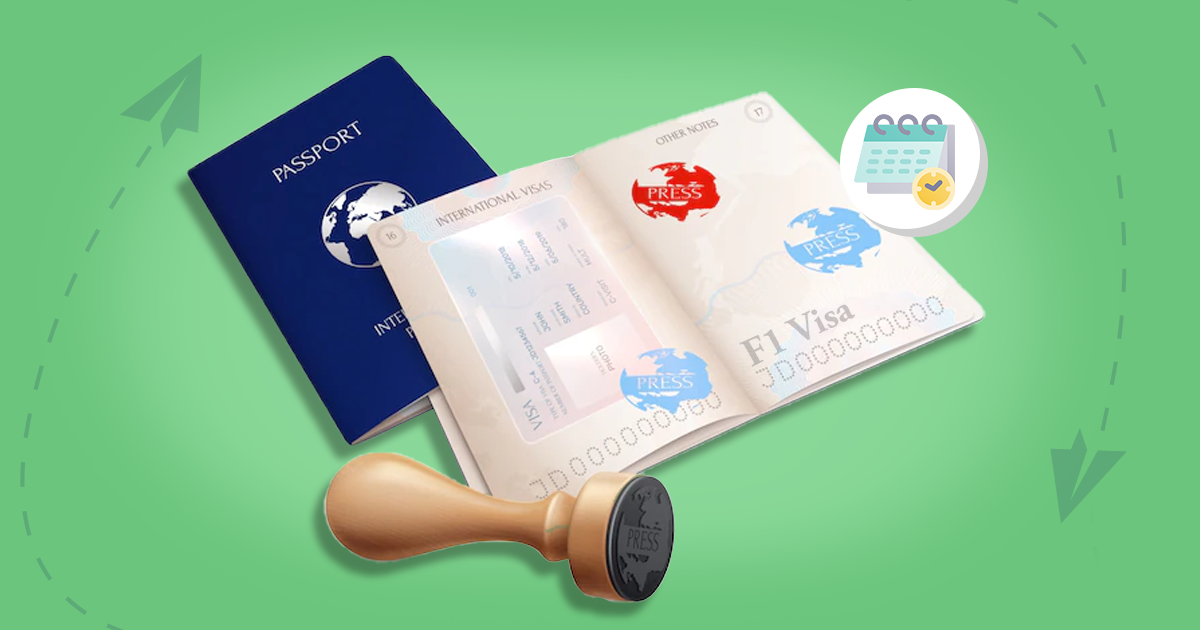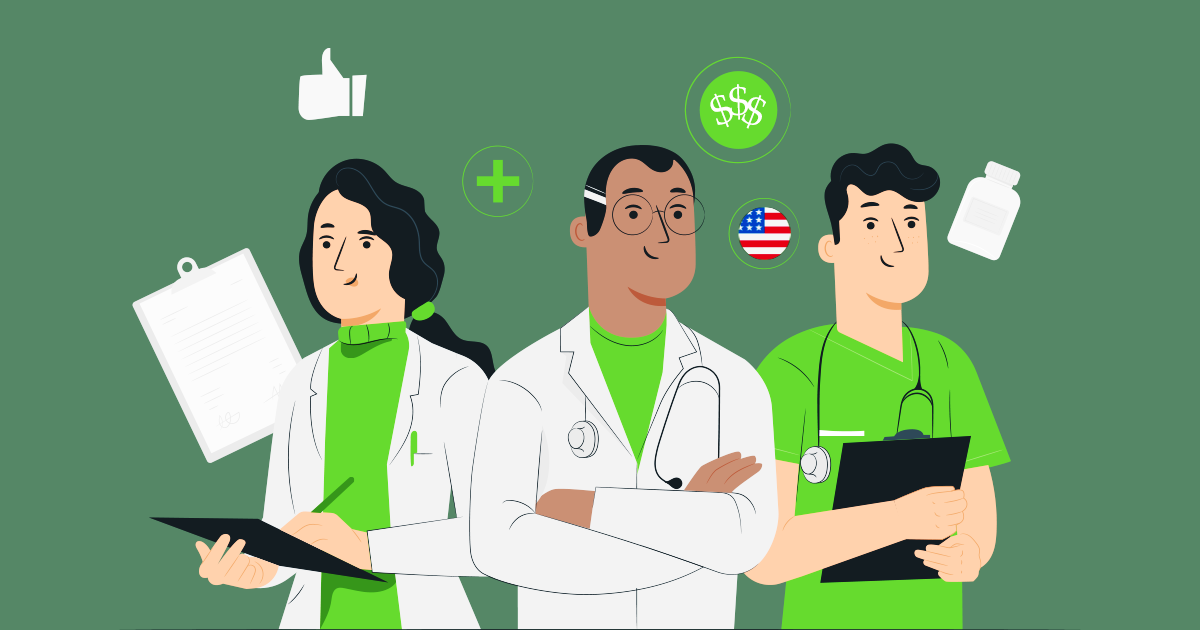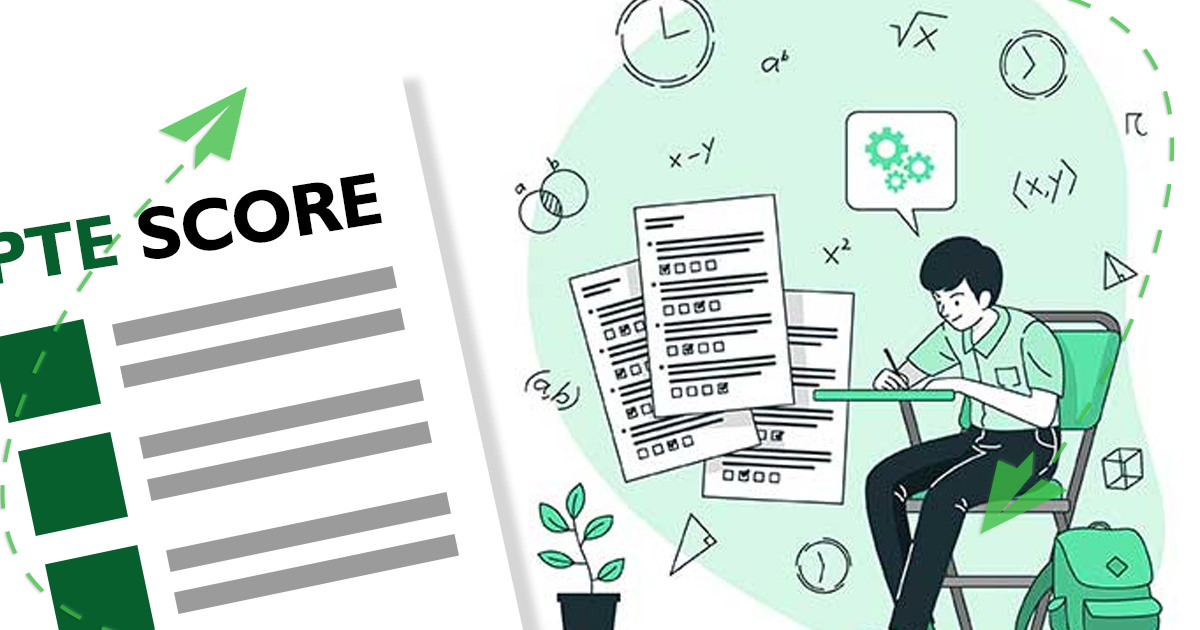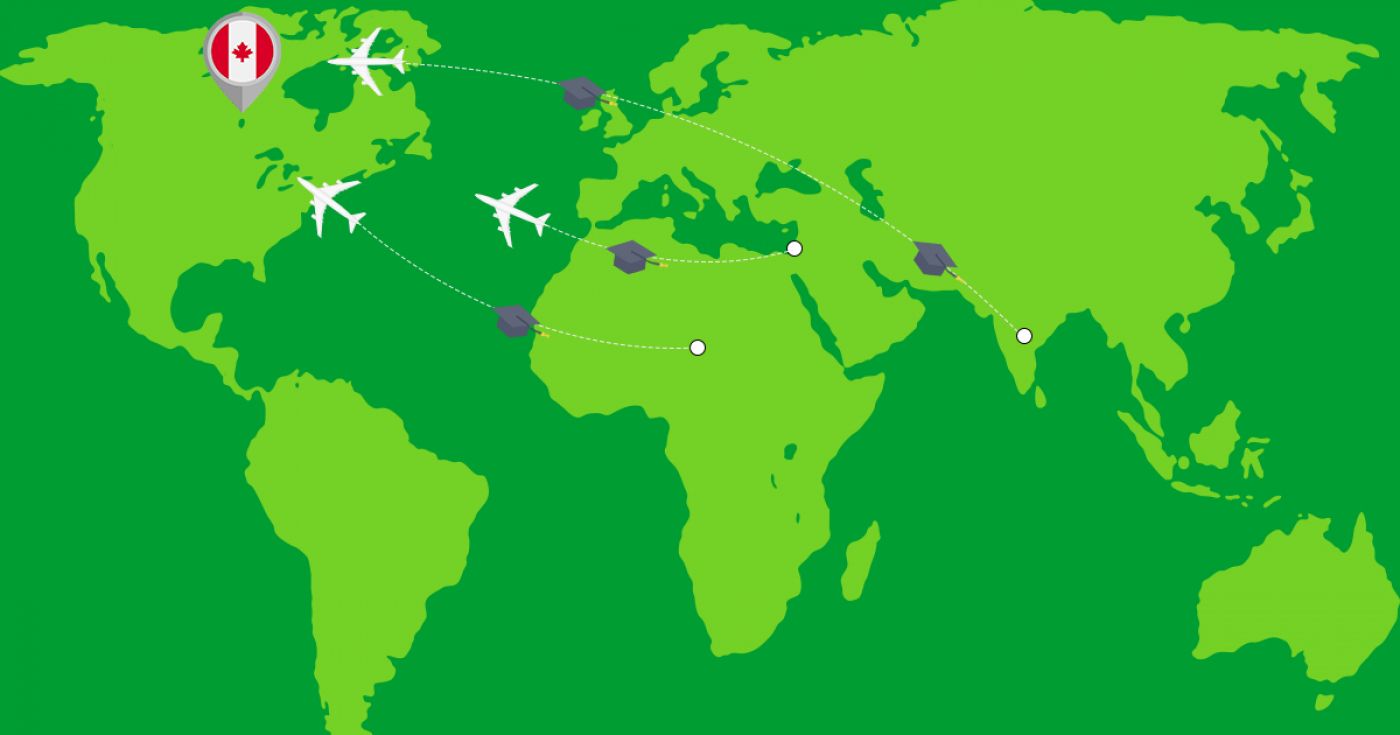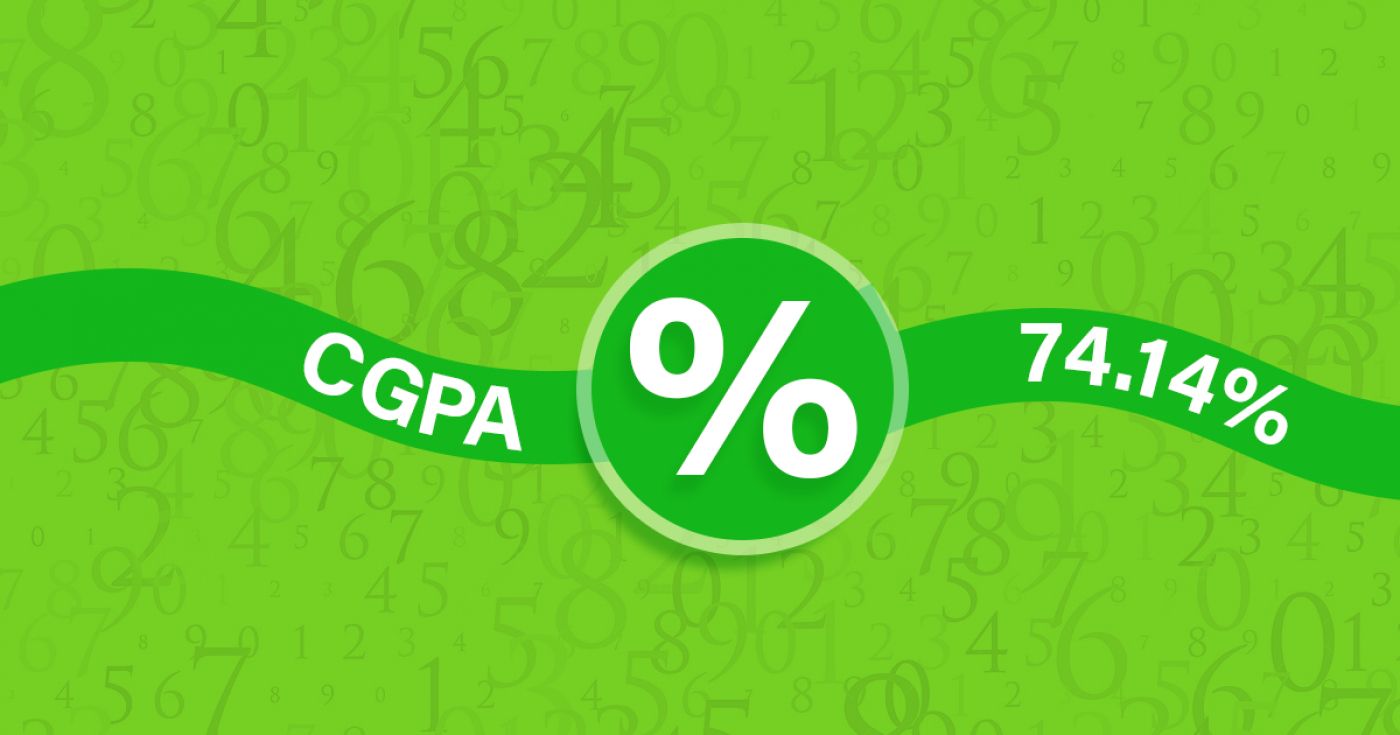Associate in Applied Science - Surgical Technology
at MSM Group - Spokane Community College USA
Overview
The Surgical Technology program prepares students to function in cooperation with the surgeon and nurses in the operating room performing duties that are vital for the safety and care of surgical patients. Students must have knowledge and skills in surgical aseptic techniques for preparation and use of materials during a surgical procedure. Students also must be able to relate to patients and other people in the field. Using reasonable judgment when working in emergency surgical situations is required.
At the completion of the program, students will be able to accept the responsibility expected of the surgical technologist as a beginning staff employee in the operating room. Prior to graduation, students will sit for the National Certifying Examination for Surgical Technologists for qualification as a certified surgical technologist (CST).
Learning Outcomes
- Apply knowledge and skills of biological sciences in preparing and implementing operating room procedures.
- Identify and apply the concepts of medical ethics in relationship to the patient, physician and health facility.
- Recognize and apply the knowledge of legal implications of their actions as it relates to themselves, the physician and the medical facility.
- Identify and utilize surgical instruments, equipment, sutures, dressings and medications in the operating room according to minimal established competencies.
- Comprehend surgical terminology utilized within the operating room environment.
- Apply the concepts of social sciences in relating to patients, and other members of the health team.
- Identify professional inter-relatedness & inter-dependency of all segments of the health care delivery system.
45
Application Processing Days
Under Graduate
Program Level
Fact & Figures
Full Time On Campus
Study Mode
24
Duration
MSM Group - Spokane Community College
Location
Associate in Applied Science - Surgical Technology Assistant Fee
$19464
Tuition Fee
$0
Average Cost of Living
$100
Application Fee
Associate in Applied Science - Surgical Technology Admissions Requirements
- Minimum Level of Education Required: To be accepted into this program, applicants must have Grade 12 / High School Diploma.

Get superfast admissions at top Associate in Applied Science - Surgical Technology institutes in 2024
Benefits of choosing
➤Admission’s guaranteed at Top institutes across the world.
➤Enjoy exclusive application fee waiver’s with Edmissions.
➤Unlimited FREE Counselling sessions with Edmission’s
Experts
➤Get Tips from industry veterans to crack the IELTS exam in 1
week.
➤Assistance with scholarships, loans, forex, student accommodation and visa guidance.
Work Permit USA
Optional Practical Training or OPT is a period during which students, who have completed their degrees in the USA, are permitted to work for one year on a student visa by the United States Citizenship and Immigration Services (USCIS). OPT allows students to work for up to 3 years and develop real-world skills to survive in the competitive jobs market.
It is temporary employment for a period of 12-months that is directly related to the major area of study of an F-1 student. Eligible students have the option to apply for OPT employment authorization before completing their academic studies and/or after completing their academic studies.
A student can participate in three types of Optional Practical Training (OPT):
- Pre-Completion OPT: This is temporary employment provided to F-1 students before completion of their course of study.
- Post-Completion OPT: This is temporary employment available to F-1 students after completing their course of study.
- 24 Month STEM Extension: Students enrolled in STEM (Science, Technology, Engineering, and Mathematics) courses can a 24-month extension after their initial Post-Completion OPT authorization.
Detailed Program and Facts
45
Application Processing Days
Full Time On Campus
Program Intensity
Under Graduate
Program Level
24
Duration
Study Visa
Other Courses by MSM Group - Spokane Community College,USA
Agriculture, Forestry & Animal Sciences
Associate in Applied Science - Arboriculture/Urban Forestry
The Arboriculture program provides a study of ornamental trees; from selection and installation to irrigation, fertilization, pruning and care. Students learn how to identify, assess, diagnose and treat tree problems, as well as learn how to use the advanced arboriculture equipment and techniques. At the successful completion of the second year, passing all required coursework, the student will receive the associate in applied sciences degree.
The following is a typical student schedule. Individual student schedules may differ slightly depending on course availability. Courses may only be offered in the quarter indicated. Outlined curriculum assumes students begin the program fall quarter and continue winter and spring quarters, with summer quarter off. It is recommended that students work closely with the program advisor when planning classes.
Learning Outcomes
Apply planting and maintenance practices to lawns, trees and shrubs during the course of a year.
- Apply concepts of landscape design, construction, and installation of residential and small commercial projects.
- Understand and apply the concepts of residential irrigation.
- Diagnose causes of plant problems (i.e. insect, disease, and abiotic problems) and suggest appropriate remedies.
- Understand and apply the principles of weed science to landscape weed management.
- Understand and apply the principles of business management and human relations to agribusiness management.
24 month
Duration
$ 19437
Tuition
Public Safety and Legal Studies
Associate in Applied Science - Criminal Justice
The Criminal Justice curriculum is made up of courses and a carefully selected group of general education requirements designed to prepare each student for a career in the field of criminal justice. These courses prepare students with theory and practical skills in the areas of criminal law, investigations, interview, communications, human relations, and other criminal justice topics.
Students in this field are encouraged to seek academic counseling. Only a portion of this two-year AAS degree is transferable to four-year institutions. Students interested in four-year degrees should inquire at the college to which they plan to transfer for specific information.
Credits from the police academy training can apply toward meeting the course requirements of this program.
Learning Outcomes
- Apply their knowledge and skill toward successful completion of any criminal justice related job screening process.
- Apply their knowledge and skill toward successful completion of basic training in the criminal justice service industry.
- Apply their knowledge and skill to efficiently and effectively complete criminal justice field work.
24 month
Duration
$ 23182
Tuition
Engineering & Technology
Associate in Applied Science - Electrical Maintenance and Automation
Electrical maintenance and automation technicians are responsible for the maintenance, testing, repair, and/or replacement of the electrical systems and controls found in modern industrial plants and large commercial buildings.
As the electrical systems become more sophisticated, so must the skills of the electrical maintenance and automation technician. By mixing the theoretical with practical hands-on lab experiences using modern up-to-date industrial equipment and techniques, the student will be prepared for a challenging career in electrical maintenance.
Students are offered several options within the Electrical Maintenance and Automation program. They may choose to complete an AAS degree with specialized training in one of the following areas: Electrical Maintenance and Automation or Power Systems Maintenance. Electrical Trainee or Electrical Sales option certificates also are offered.
Students must maintain a 2.0 GPA in each course of the major discipline before advancing to the subsequent quarter. Students not meeting this minimum are required to repeat the deficient course before progressing.
Learning Outcomes
- Electrical Maintenance and Automation
- Understand the inherent dangers of and be able to work safely around electricity.
- Be familiar with electrical theory, electrical terms, and electrical circuits (AC & DC).
- Be able to identify common electrical materials, parts, and components.
- Understand the theory, operation and maintenance of AC & DC generators and motors.
- Know basic electronic theory and components and be able to wire, program, and maintain solid state motor controls (Variable Frequency Drives).
- Be able to design, sire and troubleshoot conventional motor control circuits.
- Understand the components and be able to design, program, wire, troubleshoot, and maintain Programmable Logic Controllers.
- Demonstrate proper transformer connections and understand the operation of industrial lighting.
- Able to perform electrical conduit bending using trigonometric calculations.
- Understand and apply the fundamentals of the National Electric Code.
24 month
Duration
$ 24524
Tuition
Health Sciences, Nursing and Emergency Services
Associate in Applied Science - Surgical Technology
The Surgical Technology program prepares students to function in cooperation with the surgeon and nurses in the operating room performing duties that are vital for the safety and care of surgical patients. Students must have knowledge and skills in surgical aseptic techniques for preparation and use of materials during a surgical procedure. Students also must be able to relate to patients and other people in the field. Using reasonable judgment when working in emergency surgical situations is required.
At the completion of the program, students will be able to accept the responsibility expected of the surgical technologist as a beginning staff employee in the operating room. Prior to graduation, students will sit for the National Certifying Examination for Surgical Technologists for qualification as a certified surgical technologist (CST).
Learning Outcomes
- Apply knowledge and skills of biological sciences in preparing and implementing operating room procedures.
- Identify and apply the concepts of medical ethics in relationship to the patient, physician and health facility.
- Recognize and apply the knowledge of legal implications of their actions as it relates to themselves, the physician and the medical facility.
- Identify and utilize surgical instruments, equipment, sutures, dressings and medications in the operating room according to minimal established competencies.
- Comprehend surgical terminology utilized within the operating room environment.
- Apply the concepts of social sciences in relating to patients, and other members of the health team.
- Identify professional inter-relatedness & inter-dependency of all segments of the health care delivery system.
24 month
Duration
$ 19464
Tuition
Health Sciences, Nursing and Emergency Services
Associate in Applied Science - Invasive Cardiovascular Technology
The invasive cardiovascular technologist is a health care professional who, through the use of specific high-technology equipment and at the direction of a qualified physician, performs procedures on patients leading to the diagnosis and treatment of congenital and acquired heart disease, and peripheral vascular disease.
As a member of the cardiac catheterization team, the cardiovascular technologist is a surgical scrub assistant, monitors the patient's condition and operates other "CATH Lab." equipment.
The most important "CATH Lab" studies are coronary angiography, percutaneous coronary intervention (where stents, balloons, plaque removal devices, and other treatments to restore blood flow are deployed), right heart catheterization (where blood flow measurements are made), electrophysiology (where irregular heartbeats are created, studied and treated) and pacemaker implantations.
Learning Outcomes
- Demonstrate collaboration and effective communication among all health care team members in the delivery of cardiac care in all patient settings.
- Analyze information and research and apply it in the health care setting.
- Apply the principles of cultural awareness formulating appropriate modifications to health care plans to accommodate cultural differences.
- Design and implement appropriate treatment plans in all healthcare settings where cardiac care is delivered.
- Apply advanced cardiac care competencies in all health care settings.
24 month
Duration
$ 22729
Tuition
Health Sciences, Nursing and Emergency Services
Associate in Applied Science - Vascular Technology
Vascular Technology is an Allied Health profession in which practitioners perform diagnostic and monitoring procedures using sound waves. The vascular sonographer performs examinations at the request or direction of a physician. Through subjective sampling and/or recording, the vascular sonographer proceeds with the examination to create an easily definable foundation of data from which a correct anatomic and physiologic diagnosis may be established for each patient.
The various types of ultrasound imaging equipment require a highly skilled sonographer to obtain the imaging information or other data required. The vascular sonographer must obtain appropriate history, physical findings, and pertinent laboratory data to adapt the imaging techniques to obtain comprehensive and diagnostic information.
Learning Outcomes
- Perform high quality vascular tests on patients, while tailoring the examinations to bring out abnormalities present.
- Develop skill in performing indirect and direct vascular imaging and Doppler assessment in all areas of the body.
- Quantitate, subjectively evaluate, and interpret data collected to assist the physician in arriving at a diagnosis.
- Develop clinical understanding of the anatomy, physiology, pathology, diagnosis, and treatment of the major vascular diseases and disorders.
- Communicate effectively in a professional manner with physicians, patients, and members of the healthcare team.
24 month
Duration
$ 23136
Tuition
Agriculture, Forestry & Animal Sciences
Associate in Applied Science - Small Farm Production
The Small Farms program provides students with knowledge and practice in food production. Graduates of the program are experienced in topics including plant propagation, crop science, pest and disease diagnosis, greenhouse operation, farm marketing, and business management. At the successful completion of the second year, passing all required coursework, the student will receive the associate in applied sciences degree.
The following is a typical student schedule. Individual student schedules may differ slightly depending on course availability. Courses may only be offered in the quarter indicated. Outlined curriculum assumes students begin the program fall quarter and continue winter and spring quarters, with summer quarter off. It is recommended that students work closely with the program advisor when planning classes.
Learning Outcomes
- Apply the concepts of floral design and management to a commercial florist business.
- Apply growing and maintenance practices to greenhouse and container grown stock during the course of the year.
- Identify and be able to care for the major indoor plants used in interiorscaping.
- Understand and apply the principles of business management and human relations to agribusiness management.
24 month
Duration
$ 19563
Tuition
Business & Management
Associate in Applied Science - Business
The objective of this program is to permit the student maximum flexibility in designing a two-year program of study in business. The student may specialize in a particular area of business such as marketing, management, project management or entrepreneurship; or select courses that provide a general exposure to several areas of business.
The AAS in Business curriculum serves the student by offering modalities for most every course within the degree path for student convenience.
All students graduating from this program must have a minimum grade of 2.0 on each of the Management, Accounting, Economics, and Business required courses. Students must also have a minimum 2.0 cumulative grade point average on all required courses in the program.
Learning Outcomes
- Understand the nature of operations, ownership, marketing, business environmental factors, ethics, human resources, finances, regulations, research methodology, and decision-making processes of business.
- Understand realistic mathematical problems relating to the various segments of today's business world.
- Use desk-top calculators efficiently and demonstrate computer user skills including Internet applications.
- Understand the theory of occupation behavior, the basis of human motivation, cultural diversity, organizational structure, and the leader/manager's role in developing a sound behavioral climate in the business organization.
- Communicate effectively--verbal and written--in order to function in the world of work.
- Emphasize skills in one or more areas of business as well as possess "generalist" skills.
- Participate in a supervised volunteer community service experience.
- Understand international business concepts.
24 month
Duration
$ 26568
Tuition
Computer Science & IT
Associate in Applied Science - Software Development
The software development program trains students in current web and desktop application development using diverse industry technologies. Software development is an evolving field of study requiring continuing education and the ability to adapt to constant change. Graduates from this program acquire problem solving skills, are encouraged to work independently and as a team, and be ethical in all interactions.
Learning Outcomes
- Learn programming concepts and techniques that enable students to be a lifetime learner as technology evolves.
- Understand and implement cost effective and efficient web sites.
- Understand how to properly create, store, and retrieve data from a normalized database.
- Solve problems while developing software or web sites.
- Communicate with clients while developing software or web sites.
- Demonstrate responsibility for meeting deadlines and addressing client needs.
- Understand how technology relates and impacts society.
- Design, develop, deploy and maintain software and web development projects specified by a client.
- Demonstrate professionalism and flexibility.
- Develop research skills and techniques.
24 month
Duration
$ 19845
Tuition
The Automotive Collision and Refinishing Technician program teaches the skills necessary to succeed in the automotive collision repair industry. Instruction is primarily in a shop situation where field conditions are simulated. Students are able to learn by demonstration and direct hands on experience.
Students are instructed in a wide range of skills, including welding, sheet metal repair and replacement, fabrication and restoration techniques, frame and unibody repair, as well as repair and replacement of structural components.
The refinishing portion of our program provides students with a comprehensive education in modern refinishing techniques and materials, as well as material and damage estimation. Students will learn all phases of substrate preparation, color matching and application of the latest paint materials including water born products.
Learning Outcomes
- Understand the characteristics of metal and the principles of metal correction.
- Repair damaged bodies, frames, suspensions and sheet metal; remove and replace glass.
- Refinish complete vehicles and spot damaged areas with the latest in refinishing products and equipment.
- Estimate damage costs.
- Understand automotive electrical principles and minor services.
- Weld (wire feed) to industry standards.
- Understand basic shop operation.
- Understand hazardous waste management.
- Demonstrate shop safety practices.
24 month
Duration
$ 22336
Tuition
View All Courses by MSM Group - Spokane Community College, USA
Top Study Abroad Exams
Popular Universities to Study Abroad
- University of Waterloo
Waterloo
- University Canada West
Vancouver
- University of Windsor
Windsor
- Cape Breton University
Sydney
- Dalhusie University
Halifax
- Carleton University
Ottawa
- University of Ottawa
Ottawa
- University of Guelph
Guelph
- Explore more colleges in Canada
- University of New Haven
West Haven
- Kent State University
Kent
- Wright State University
Dayon
- San Jose State University
West Haven
- Clark University
Worcester
- Rowan University
Glassboro
- Golden Gate University
San Francisco
- Arkansas
San Francisco
- Explore more colleges in USA
- Coventry University
Coventry
- University of Birminghame
Birminghame
- De Montfort University
Leicester
- Cardiff University
Cardiff
- BPP University
London
- University of West London
London
- University of Nottingham
Nottingham
- University of Warwick
Coventry
- Explore more colleges in UK
- Auckland Institute Of Studies
Auckland
- Massey University - Auckland Campus
Albany
- Eastern Institute of Technology - Auckland Campus
Auckland
- NorthTec - Auckland Campus
Auckland
- Massey University - Manawatu Campus
Palmerston North
- University of West London
London
- Wellington Institute of Technology (WelTec) - Petone Campus
Lower Hutt
- Otago Polytechnic - Dunedin Campus
Dunedin
- Explore more colleges in New Zealand
- Chandigarh University
Mohali
- Parul University
Vadodara
- Sharda University
Greater Noida
- Jain University
Bangalore
- Bennett University
Greater Noida
- Lovely Professional University
Phagwara
- Chitkara University
Rajpura
- Brainware University
Kolkata
- Explore more colleges in India
- Abu Dhabi University
Abu Dhabi
- Gulf Medical University
Ajman
- New York University
Abu Dhabi
- Emirates Aviation University
Dubai
- Higher Colleges of Technology
Dubai
- British University in Dubai
Dubai
- Al Ghurair University
Dubai
- American University in the Emirates
Dubai
- Rochester Institute Of Technology Dubai
Dubai
- Emirates Academy of Hospitality Management
Dubai
- American University of Ras Al Khaimah
Ras Al Khaimah
- Explore more colleges in UAE
- Ras Al Khaimah Medical and Health Sciences University
Ras Al Khaimah
Explore Colleges and Courses in USA
- Arts & Humanities in usa
- Business & Management in usa
- Natural Sciences & Mathematics in usa
- Engineering & Technology in usa
- Computer Science & IT in usa
- Health Sciences, Nursing and Emergency Services in usa
- Social Sciences in usa
- Creative Arts & Design in usa
- Hospitality, Tourism, Wellness Leisure & Sports in usa
- Environmental Studies & Earth Sciences in usa
Latest Blog Posts
Trending Blog Posts
Search, Shortlist, Apply and get accepted! It’s that Simple to pursue your dream to Study abroad with Edmissions. Our team of experts provide you the right guidance that helps you to take admission in your dream college in countries like Canada, the USA, the UK
© 2021-2024 Edmissions - All rights reserved.
TALK TO OUR EXPERTS
